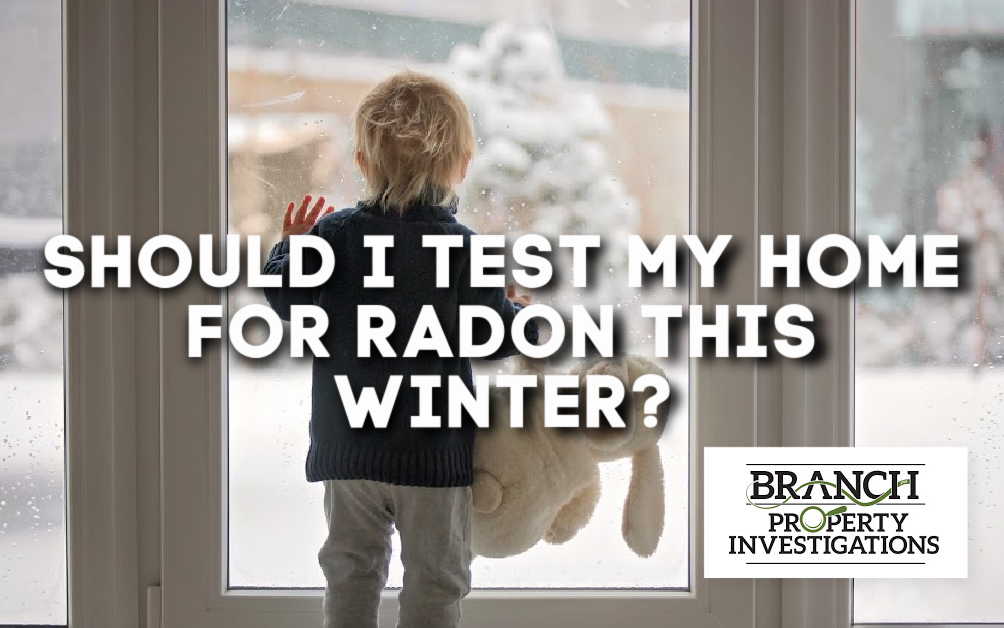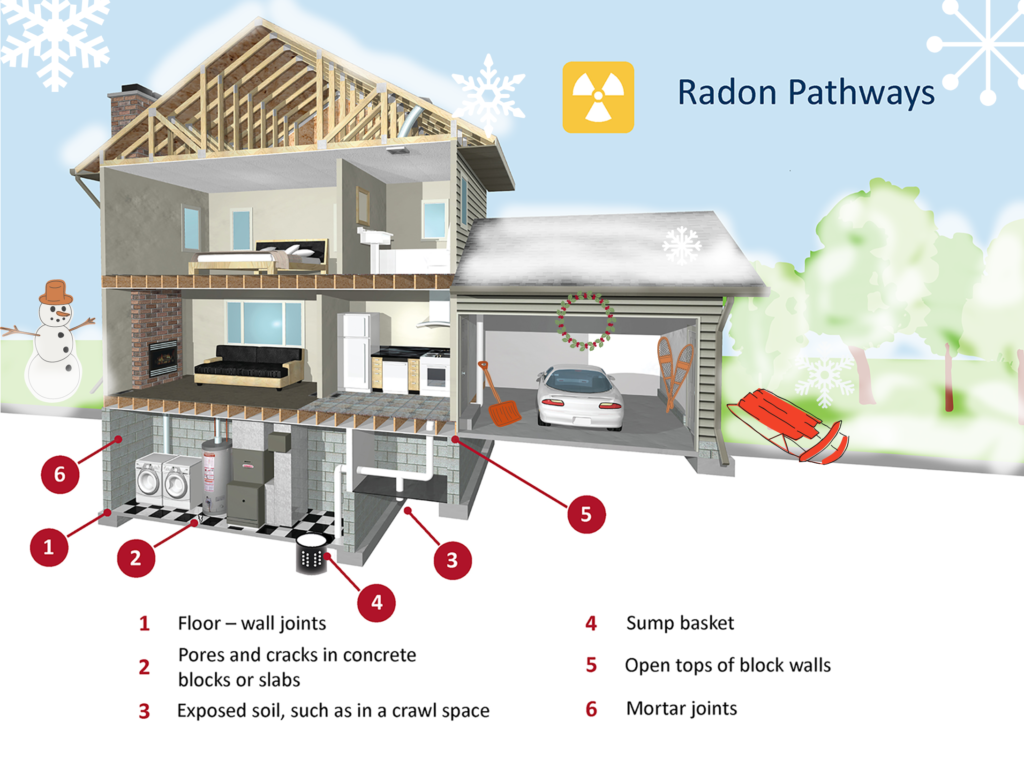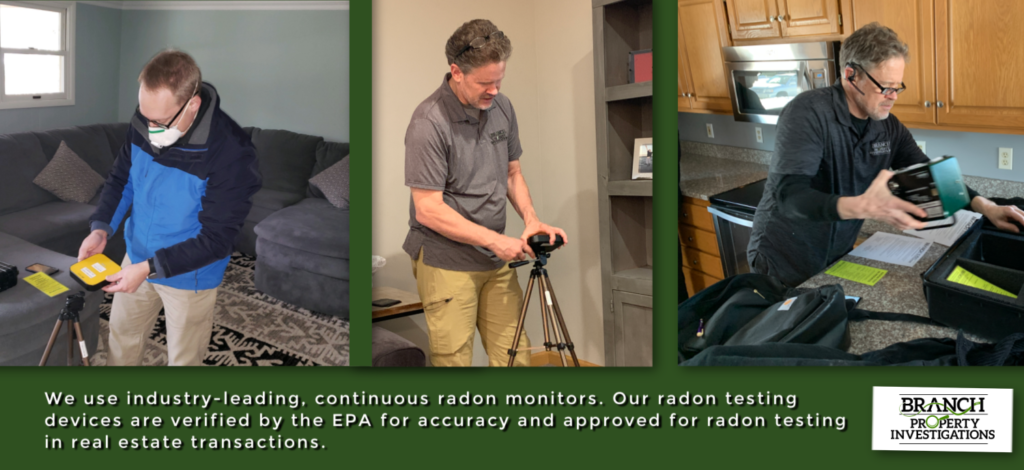This year more than ever, Minnesotans are hunkering down for winter. People are spending far more time at home, but how can you be sure the air you’re breathing in your home is safe? In many homes, radon levels tend to be higher during the winter months. Today we’ll address the reasons it’s a good idea to test for radon in the winter.
There’s a Greater Stack Effect in Winter
First off, the term “stack effect” refers to the movement of air into and out of buildings, chimneys, flue-gas stacks, or other containers, resulting from air buoyancy. Buoyancy occurs due to a difference in indoor-to-outdoor air density resulting from temperature and moisture differences.
During a MN winter, the stack effect tends to be greater as the warm air within the house rises and escapes to the colder air outside. As air escapes, the house has to replace the air to equalize pressure. Many houses get new air through drafty doors and windows. Houses also get new air from the soil they are built upon. The air from the soil is often pulled in through cracks in the concrete, plumbing pipe penetrations, sump pump pits, floor drains, and crawlspaces. This new air that enters may contain elevated levels of radon gas, and testing is the only way to know for sure.
Winter Means Closed-House Conditions
In Minnesota, we certainly treat our homes differently in winter as opposed to the other seasons. We keep our outside doors closed and our windows shut tight. Sometimes we even use plastic to further seal our windows, and we keep our curtains drawn to increase insulation and improve energy efficiency! These “closed-house” conditions can actually impact your home’s radon levels.
When radon naturally escapes the soil and rises up into your home, it has fewer pathways to escape. So it’s not unheard of for clients who test for radon in the summer (and show safe levels below 4.0 pCi/L), to then retest in winter and show unsafe radon levels. For this reason, we recommend testing your home at different times during the year to see if your levels are ever reaching unsafe limits.
When the Ground is Frozen, Radon Finds Its Way Out
During a typical Minnesota winter, we see a lot of rain, snow and ice. All of this added moisture saturates and eventually freezes several inches of soil. A blanket of snow further traps gases that usually escape into the air. This is why radon cannot naturally flow into the atmosphere through the yard around your house. The end result can mean a greater radon level redirected into your home in higher concentrations than usual. Again, testing is the only way to confirm if your home’s radon levels are unsafe.
We Recommend Testing for Radon During Opposite Seasons
I have talked to many folks who base their home’s radon level off one single radon test result. Their test may have been performed several years earlier and in many cases, they don’t have a copy of the actual test results, they just recall being told “they passed”. Passing at .05 pCi/L versus passing at 3.9 pCi/L (just below the EPA’s action level of 4.0 pCi/L) have significantly different ramifications in terms of air quality.
In my own home, my first radon test result was 2.9 pCi/L. The following year I tested again and the radon levels were at 5.5 pCi/L. Last year, I tested all three levels of our home. All levels were above 4.0 pCi/L with the basement at 6.8 pCi/L! I opted for a mitigation system and now the radon levels are below 0.5 pCi/L.
Many people may be living with radon levels that are significantly higher than what that single radon test revealed because of factors like seasonal variations. Unfortunately, people may be living with the false sense of safety when in reality, they could be breathing high radon levels during several months of the year.
The best way to understand your true radon exposure is to test during opposite seasons. If you have high radon levels during any season, the MN Department of Health advises mitigation to reduce the radon in your home. A radon mitigation system can reduce radon levels consistently throughout the year to eliminate any seasonal variation.
Not All Radon Tests are Created Equal
The professionals at Branch Property Investigations use industry-leading, continuous radon monitors. Our radon testing devices are verified by the EPA for accuracy and approved for radon testing in real estate transactions.
Our monitors routinely provide a more accurate picture of radon levels than charcoal canister test kits. (You may have read about these; they are available at most hardware stores.) They also provide hour by hour variation to help show diurnal patterns. Additionally, we have our monitors calibrated on an annual basis to ensure their accuracy.
We don’t perform mitigation, so we have no conflict of interest. We service the greater metro Twin Cities area and would be happy to conduct your radon test this winter! You can schedule online at branchinvestigations.com or call (612) 440-8466.




